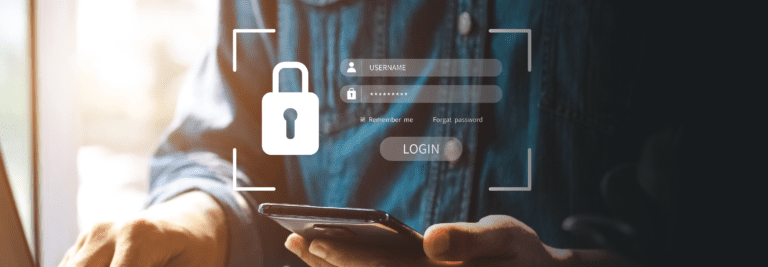In the IT world, many things are constantly happening in the background to make the systems and tools you access as secure as possible. But that’s not all it takes to enhance online security. Each individual should also focus on these four things to ensure you are working in as secure of a manner as possible.
Email. Email security is critical, and you, as an individual, play a large part in this arena. A previous Close to Home (which you can access here) talks more about email security, and you will find posters in your Long & Foster branch office about similar information. Here’s a quick summary of what to keep in mind regarding email security.
- If it sounds too good to be true, it probably is.
- If it’s not an email you are expecting, it is more than likely spam, phishing or plain old junk mail.
- If you receive a potential phishing message, make sure to report it. To do so from Microsoft webmail, follow the steps below.
Select the message you want to identify as a potential phishing email. On the right side of the message is a series of three (3) dots. Select this series of dots.

You will then be presented with a menu of options. Select the “Long And Foster Phish Alert” option.

Our email filtering systems will then receive data on this message, which will help them to minimize the chances of a similar message in the future.
Passwords. As stated in a previous Close to Home article, setting a secure password is one of the single most important things you can do as an individual to help ensure your online safety. While multi-factor authentication (MFA) has made us more secure, this does not negate the need for password security. Consider these items regarding your passwords.
- Change your password regularly. We recommend that you change your password every 60-90 days. When you change your password, try not to use a new password that is too similar to the old one.
- Make it a complex password. A complex password is one that contains a capital letter, lower case letter, number and special character (!@#$%).
- Don’t share your password. Remember that your password is exactly that: It is YOUR password, and not anyone else’s password.
- Don’t write it down. Writing down your password is like providing it to someone else.
Restarting Your Computer. Regularly restarting your computer not only keeps it more secure, but also helps it operate faster. Make sure to do so at least once a week for best protection.
Updating Your Computer. Whether you have a PC or a Mac, there are software updates on your computer from Microsoft and Apple, respectively. These updates sometimes change the functionality of apps on the system, but most often these updates enhance the security of your computer. You can go to https://support.microsoft.com/en-au/windows/update-windows-3c5ae7fc-9fb6-9af1-1984-b5e0412c556a for instructions on how to update your PC, and to https://support.apple.com/guide/mac-help/get-macos-updates-mchlpx1065/mac for instructions on how to update a Mac.
If you need assistance with any of the items discussed in this article, contact the Service Desk, and they can assist you in making these changes.
